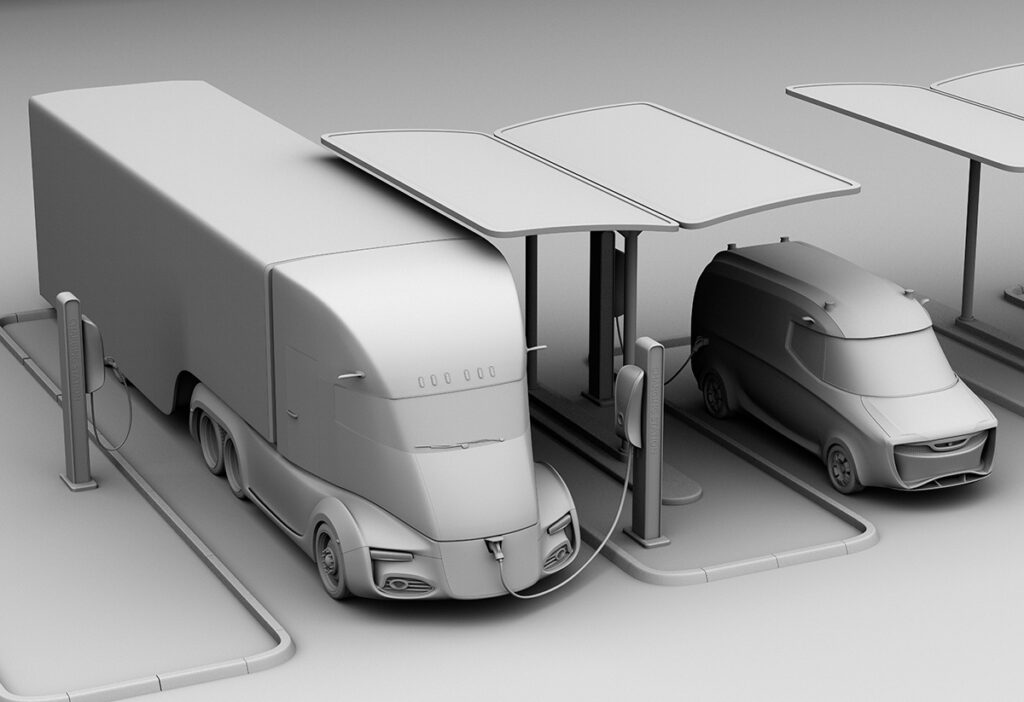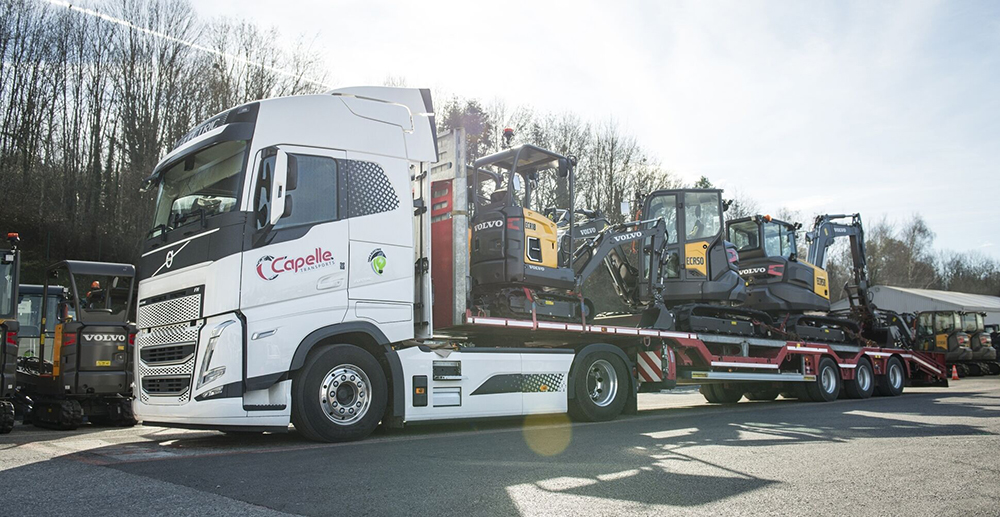The Biden Administration has released the National Zero-Emission Freight Corridor Strategy, which will guide the deployment of zero-emission medium- and heavy-duty vehicle charging and hydrogen fueling infrastructure from 2024 to 2040. The Strategy is designed to target public investment to amplify private sector momentum, focus utility and regulatory energy planning, align industry activity, and improve air quality in local communities impacted by diesel emissions.
The goal of the Strategy is to align public policy and investments by prioritizing, sequencing, and accelerating infrastructure along the National Highway Freight Network (NHFN) in four phases. A core objective of the Strategy is to meet freight truck and technology markets where they are today, determine where they are likely to develop next, and set an ambitious pathway that mobilizes actions to achieve decarbonization.
As part of the Strategy, the Federal Highway Administration is designating National EV Freight Corridors along the National Highway Freight Network and other key roadways, as required by the Bipartisan Infrastructure Law.
The National Zero-Emission Freight Corridor Strategy will prioritize the deployment of EV charging infrastructure along key freight corridors and hubs in four phases:
- Establish priority hubs based on freight volumes (2024-2027)
- Connect hubs along critical freight corridors (2027-2030)
- Expand corridor connections initiating network development (2030-2035)
- Achieve national network by linking regional corridors for ubiquitous access (2035-2040)
Source: Federal Highway Administration






































































